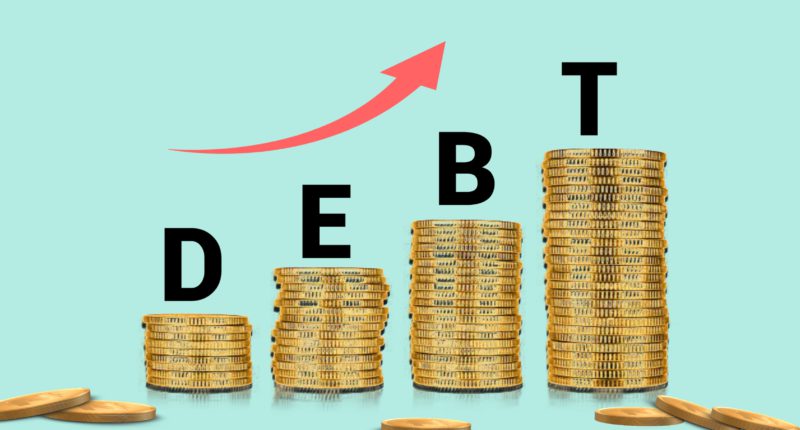According to a recent publication by the Debt Management Office (DMO) in Nigeria, the country’s debt stock has risen from N41.60 trillion or $100.07 billion in March to N42.84 trillion or $103.31 billion dollars in June 2022.
Driving the news
A breakdown of the report reveals that while the foreign component of the debt stock remained at N16.61 trillion or $39.96 billion, the local component increased to N26.23 trillion or $63.24 billion.
Also, Nigeria obtained loans from multilateral lenders such as the World Bank, International Monetary Fund, Afrexim and African Development Bank, and bilateral lenders, including Germany, China, Japan, India, and France.
Why this is happening
A country can experience sharp rises in debt due to tax cuts, increased stimulus programs, a rise in government spending, decreased tax revenue, etc. In a country like Nigeria, one of the major reasons the debt stock continues to rise is a lack of revenue sources.
- The revenues generated from oil and non-oil sources are used in servicing the interest of the debts.
- In fact, Nigeria’s Minister of Finance, Dr Zainab Shamsuna Ahmed in July, stated that from January – April 2022 Nigeria’s debt service gulped 118% of its revenue generated in the period under review.
What you should know
The total debt is an accumulation of the domestic and external debt stocks of the Federal Government of Nigeria (FGN), the 36 State Governments, and the Federal Capital Territory (FCT).
The Debt-to-GDP, as of June 30, was 23.06 percent compared to the ratio of 23.27 as of March 30. It remains within Nigeria’s self-imposed limit of 40 per cent. Although, Debt-Service-to-Revenue was still high.

